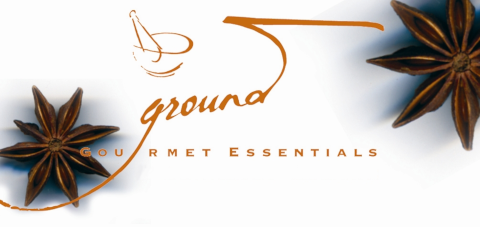I trained in linguistics and psychology and taught English as a Second language for a number of years in Sydney, Tokyo, Seoul and Tianjin, China. I have fond memories of many meals in Sydney where students would bring dishes from their home country, adapted (sometimes reluctantly) to the ingredients that they could source in Australia. There was bulgogi from Korea, Somali bread and coffee, Japanese shabu shabu, Taiwanese spider crab, Chinese prawn dishes, and a Russian Christmas with home-made ice-cold vodka served with preserved fish. For many of these dishes there was art in both the cooking and eating. Using chopsticks of different types - laquered and pointy in Japan, wooden and thick in China, incredibly thin and metal in Korea - the strict etiquette around who toasts and pours drinks (different across cultures), slurping soup in a way that enhances the flavour and, at the same time, expresses how much you are enjoying it.
Just like language, food is an expression of a people. It speaks of their geography, their environment, their culture, and their relationships (contemporary and historical). Regional cuisines reflect the ingredients that are available, our traditions of using them to craft dishes and how we have been influenced by interactions with other peoples and cuisines. Like language, cuisines are not static. They adapt and evolve in response to changes in their physical and social environment. For many cultures, food is a source of pride and togetherness that nourishes the soul as much as it does the stomach. For Maori, food and the ability to provide for the marae and its guests is a key part of mana huaanga; the status or prestige associated with the hospitality of the marae. This same status with food is reflected in many Asian, Middle Eastern and Mediterranean cultures- it seems just not our Anglo-Saxon one. "Bringing a plate" and going "dutch" are frowned upon in most other cultures.

